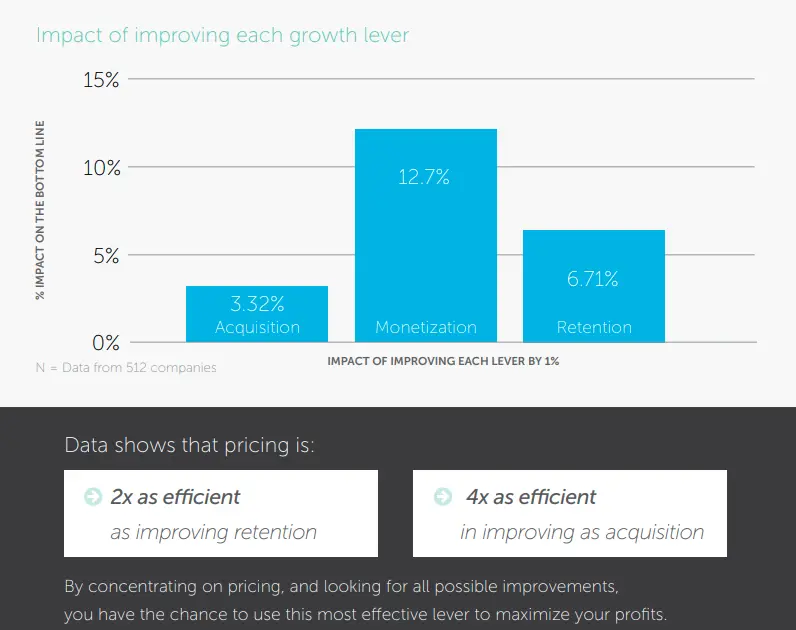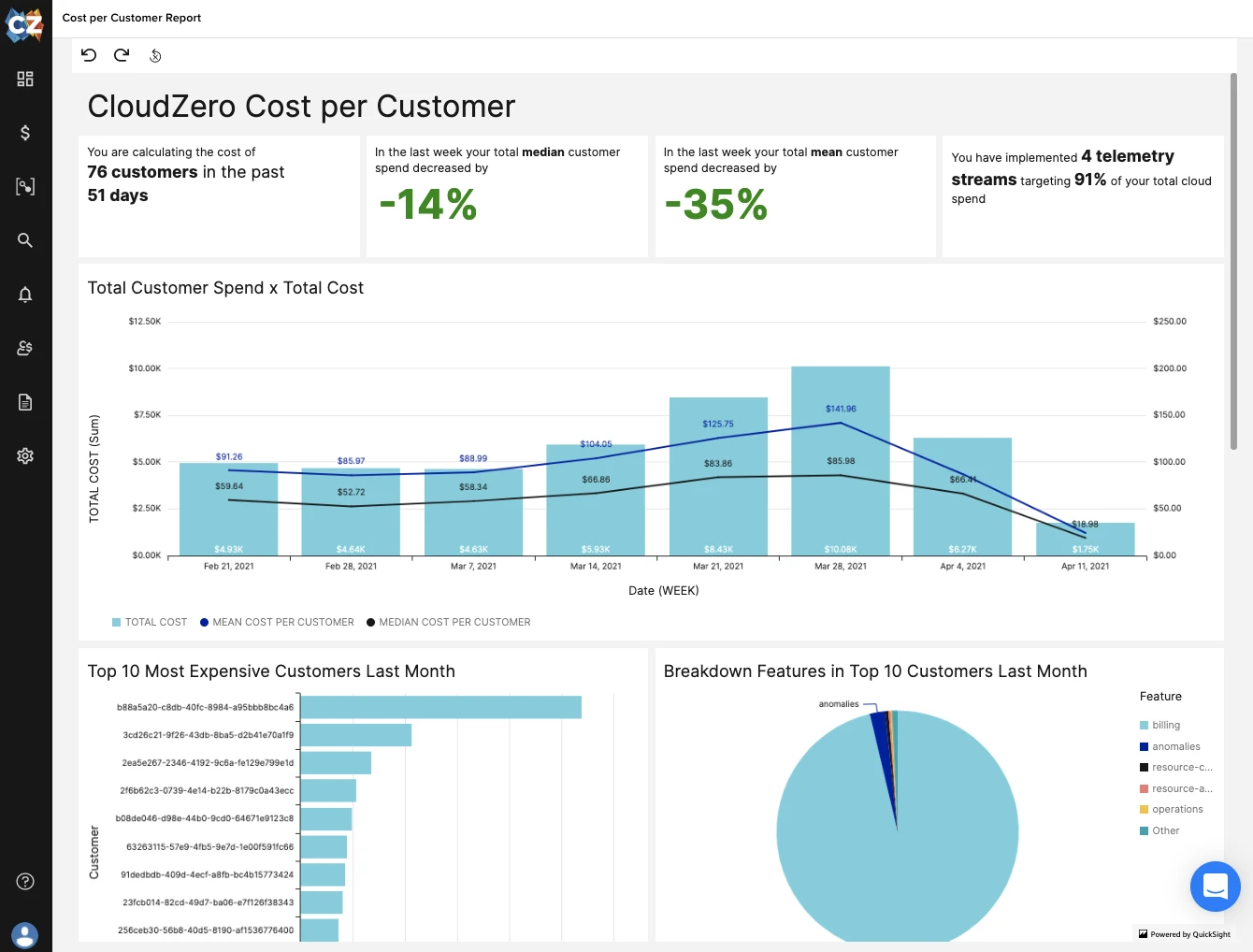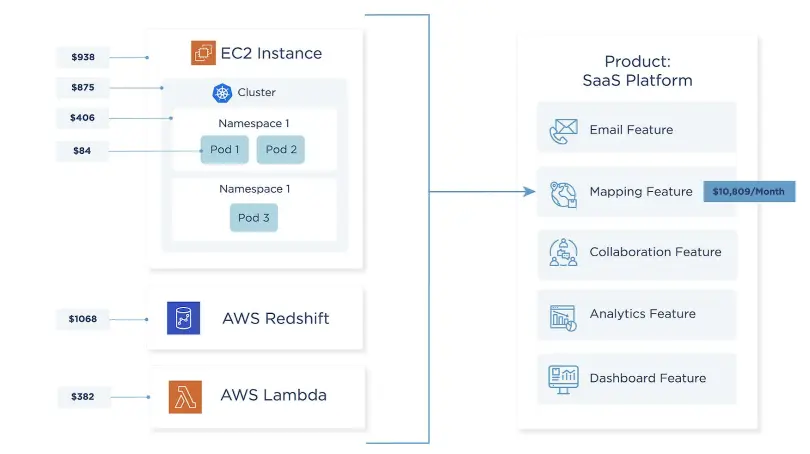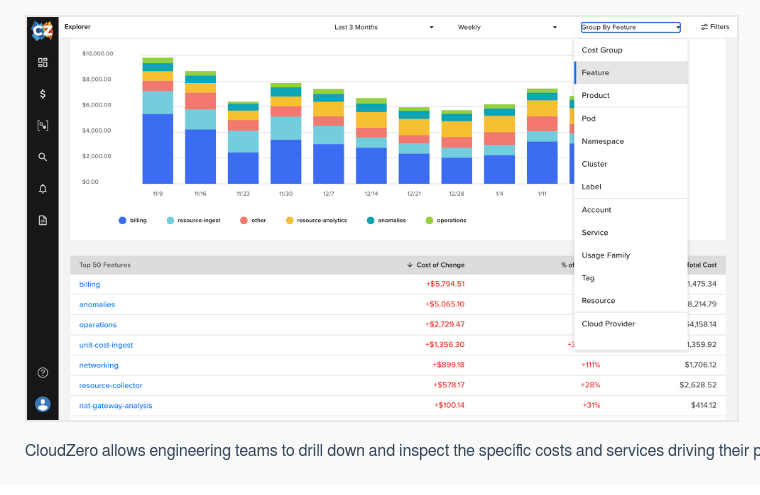You work hard to deliver a great product to your target market. Yet, when it’s time to price your worth, it’s challenging to set a fair pricing strategy, model, or amount.
This anxiety is understandable. If you charge too much, you could lose potential and existing customers. If you are a start-up, this bad first impression can be detrimental to your growth. For larger businesses, some customers may feel you are losing touch and switch to newer or veteran competitors.
But if you charge too little, your business may not even generate enough money to cover its expenses — much less create a profit. Cheap pricing may also cause some customers to question the quality of your services.
SaaS Pricing Can Be Hard Work
Usually, many SaaS pricing decisions follow what the competition is doing. Typically, that means choosing from the most common SaaS pricing models available today. Other brands price SaaS products based on instinct. Sometimes it works; sometimes it doesn’t.
While most SaaS companies prioritize gaining market share over monetization, the latter has a bigger impact on profits. Price Intelligently found that pricing impacts SaaS bottom lines more (12.7%) than customer acquisition (3.32%) or retention (6.71%).

Credit: The Anatomy of SaaS Pricing Strategy by Price Intelligently
In other words, pricing affects your net income, which affects your ability to attract investors or fund your growth.
So, how do you make the right SaaS pricing decisions? Is it possible to balance earning a high ROI with exceeding customer expectations?
You can! Make better SaaS pricing decisions by following these three major strategies.
1. Understand Your SaaS Unit Cost Economics
In SaaS, unit economics refers to a business’ revenue and costs measured per unit. Usually, the term describes how a given unit affects a company’s revenue, costs, and other crucial metrics. The customer is often the unit, so unit economics also helps measure how adding (or losing) a new customer affects the company’s financial performance.
SaaS pricing decisions require more than just calculating your cost per item and adding a margin. Averaging cost does not necessarily reflect the actual cost of a particular item or cost center. Instead, it equalizes the most expensive and the least expensive units. That’s inefficient.
A better way is to use the following key performance indicators (KPIs) of SaaS unit economics.
Cost per customer
This is a biggie. It measures how much you spend to support an individual customer. Cost per customer also reveals how specific customers use particular features within your platform, and the cloud costs those features generate.
Picture this:

For example, this CloudZero cost per customer dashboard helps you identify your most and least expensive customers. In addition, you can view which features these customers use most and how frequently.
By doing this, you can determine if your margins on each customer are healthy or if you need to adjust your pricing to improve them. Instead of lumping costs together and adding a margin, it’s now easier to calculate how much to price each client’s contract at renewal for better profits.
All you have to do to start is track your customers’ usage and related costs over a specific time with a robust cloud unit cost analysis platform.
Collecting that data empowers you to better answer questions like:
- How can we optimize cost per customer to improve our gross margins?
- What are our utilization costs per feature per customer?
- What are our most valuable customer segments so we can target them more effectively? Or should we not sell to banks in the future?
- Is our revenue increasing per customer as costs increase, or are we merely losing money on some customers?
- How much would our costs change if we added ten more customers tomorrow?
- What trade-offs do we need to make to improve our cost per customer value?
- Do we take advantage of economies of scale?
But what if you have tenants, that is, multiple customers sharing resources in a multi-tenant environment?
Cost per tenant
Sharing resources among multiple customers saves costs through economies of scale. Even so, tracking and allocating costs of shared resources is one of the trickier things to do.
However, it can help you determine how much value you deliver to each customer and at what cost.
Using a platform like CloudZero, you can track cost metrics back to specific people, product features, and processes. Based on their unique usage patterns, you can then create a custom pricing plan for each tenant.
Cost per feature
Here, the cost of building and running each feature determines how much to charge. You can also use it to see what features your customers use the most and how much each one costs you.
In this case, you may use several questions to get answers or understand what’s driving your cost per feature, such as:
- How much does each product feature cost to develop and operate? How does that affect our margins?
- Is there a new feature that we’ve added that is driving up our costs?
- Did engineering change its deployment or governance strategy?
- Should we move this feature to a higher pricing tier to protect our margins?
- Are our margins higher on specific product lines than on others?
- Does this feature display viable utilization, or should we decommission it to save costs?
- Or, can we make more by refactoring this application to serve a different purpose?
More importantly, cost per feature can help your engineers optimize costs at the architectural level. For example, your engineers could replace legacy, always-on features with cloud-native capabilities, like auto-scaling, reducing usage costs during off-peak periods.
Cost of goods sold (COGS)
No matter your pricing strategy, COGS will always influence your final pricing.
This metric’s significance becomes clear when you discover that you shouldn’t increase your pricing, even if your margins are thinning, because you might out-price your competition. It may be that a benchmarking exercise you conducted revealed you incur higher cloud costs than other businesses in your industry.
By mapping costs to the teams, products, features, processes, or initiatives that generate them, you can determine what trade-offs to make to reduce costs without compromising your SLAs or your ability to compete profitably.
Decide what unit cost metrics are right for your business
Certain business models may require a different metric to measure unit costs. For example, payment platform could opt for revenue per transaction or cost per transaction views. Similarly, a software-focused company can choose:
- Cost per team – Understand how much each team spends and why. Then, you can compare its utilization data with another in-house or remote team, as well as with a competitor’s team. Afterwards, you can brainstorm ways to optimize the team’s workflow to improve cost-efficiency.
- Cost per deployment – This is a measure of how much a particular feature costs to launch. It will tell you how deployments affect your total costs over time, thus allowing you to calculate how much to price your service to cover all expenses (including any supporting services).
- Cost per environment – Determine how much you spend on a particular engineering environment, such as AWS RedShift, Snowflake, or AWS Lambda:

The following example illustrates how an advanced cloud cost intelligence platform can help you visualize costs by cluster, pod, and namespace — down to the hour:
2. Base Your SaaS Pricing Strategy On A Specific Goal
Another way to determine the right price for a SaaS product is to base it on your business goals. Often, the best way to judge this is to correlate your desired goal with a SaaS pricing strategy.
Here’s how that works.
Cost-plus pricing
Here, pricing is based on material, labor, overhead costs, and then a markup percentage.
By tracking your cloud costs over a given duration, you can more confidently understand your costs so you can top up your profit margin on your total COGS and operating costs.
Penetration pricing
This is promotional pricing aimed at reducing prices to gain rapid market adoption. In a competitive or saturated market, the goal is to gain a large market share ahead of competitors.
Initially, you may set an unsustainably low price, but aim to compensate after you build a large customer base through upselling and cross-selling more lucrative packages over time.
Skimming pricing
Skimming involves making the Technology Adoption Lifecycle work for you. You release new upgrades, features, and updates at relatively high prices if your customer base is willing and able to pay higher prices for them.
Apple and video gaming players use this strategy a lot. Customers get access to exclusive, groundbreaking capabilities at a premium, then prices drop as demand increases or competitors enter the market.
Premium or prestige pricing
This pricing strategy emphasizes maintaining prices higher than the competition to convey a sense of exclusivity, luxury, or quality. In doing so, you target a (relatively) small customer base but one that comprises high-value customers; those who would abandon your brand if you reduced prices.
To set this up, you’ll still need to calculate your costs so you can raise your markup significantly.
Free trial pricing
SaaS companies often offer free trials for good reason: it’s a great way to gain traction with a customer. Free trials help customers decide if your product is a good fit for them after they have used it for a limited time at no cost.
Should they not renew at the end of the trial period, you can survey them quickly. By asking your customers directly why they left, you can determine if your pricing matches their perception of your product’s value.
Likewise, if they sign up for a free account, you can analyze whether you may have included too many essential features in your unpaid plan, which can increase your running costs beyond what your paid plans can support.
Value-based pricing
Rather than focusing on costs associated with building and maintaining the product or service, this SaaS pricing strategy focuses on the perceived value your product or service provides to your customers. This is the long-term plan.
For short-term use or without extensive customer research, there is a rule you need to follow if you want to gauge how they value your offering; The 10X Rule. Essentially, provide 10X more value than the pricing.
3. Don’t Just Set It One Time And Forget It
Here’s the deal. SaaS pricing is a continuous improvement effort. The market changes with time. Customer needs are always changing. Your unique value proposition will evolve. So, why limit your SaaS to the same pricing plans you had on launch day?
Using the strategies we discussed above, you’ll be able to start somewhere. You should, however, be prepared to adjust your pricing based on feedback from existing and prospective customers, as well as internal teams.
Make SaaS Pricing Decisions Based On Data — Not Gut Feelings
With CloudZero’s cloud cost intelligence approach, you get the unit cost intel you need to make pricing decisions on the fly. CloudZero breaks down cloud costs by individual customers, tenants, features, teams, projects, etc.
When you understand how much you spend to build and run your product, you can more accurately determine how much margin you have left over for growth or paying your shareholders. You can also determine where you might charge more to maximize profits without losing customers.
No tagging is required, either. CloudZero maps usage and cost metrics for tagged, untagged, and untaggable resources to the people, processes, and products that generate them. In doing so, you can tell precisely where to optimize costs to improve margins. Based on these fundamentals, you can use any SaaS pricing strategy with confidence.
You don’t have to take it from us. to see the power of CloudZero for yourself!
to see the power of CloudZero for yourself!









